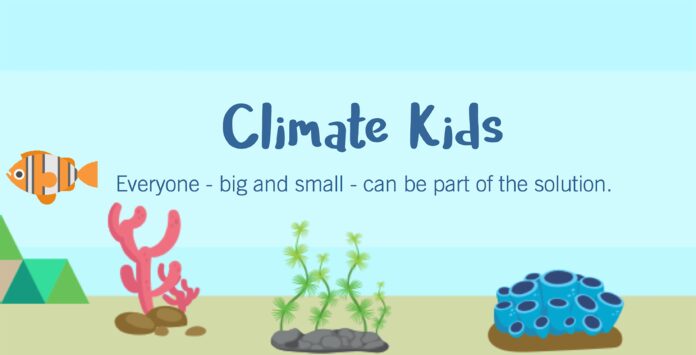In the June 16, 2022 edition of The New England Journal of Medicine (NEJM), an article entitled, “Climate Change, Fossil-Fuel Pollution, and Children’s Health,” describes the cumulative environmental impacts of the burning of fossil fuels on children. It states, “all children are at risk.”
It states further that protecting children’s health requires the medical profession to understand the harms that climate change and air pollution are causing. Fossil fuel combustion is responsible for aerosols in the atmosphere that contain fine particulate matter, sulphur dioxide, nitrogen oxides, polycyclic aromatic hydrocarbons (PAH), mercury, and volatile chemicals responsible for ground-level ozone. A billion children today are continually exposed to high levels of these aerosols.
In addition, rising temperatures represent a threat to infants and young children, far greater than to adults because the former’s thermoregulatory systems aren’t fully developed. And where adults may be aware of the significance of a hot day, infants and young children are not or are less likely to recognize symptoms that indicate they are at risk.
The NEJM article describes the “threat multiplier” effects of climate change which include:
- heat stress (a recent US hospital study noted 3.8 million extreme heat emergency department visits),
- extreme weather events (Hurricane Katrina in 2005 affected 7,258 children causing post-trauma that remained with 41% of them after one year),
- air pollution (a 12% greater risk of preterm birth, higher asthma and respiratory disease levels, decreased cognition, and immune system dysregulation),
- food insecurity and safety (nutritional deficits and wasting in young children), freshwater quality and quantity (diarrhea, respiratory illnesses, stillbirths, low birth weight),
- vector distribution of infectious diseases (Zika in South America associated with microcephaly in fetuses),
- and social and mental health consequences (impact on education in Southeast Asian children with prolonged exposure to higher than normal temperatures).
Children Need to Know the What and Why of Climate Change
Are children being taught about climate change in schools?
Apparently too much for kids in Florida. The state recently rejected math textbooks that included problems using the prohibited subject of climate change. The reason that 54 textbooks were tossed was stated as a concern for the socio-emotional state of the children. So much for real-world examples that go beyond:
Solve the following: A train travelling at 40 miles per hour leaves St. Louis, Missouri. At the same time, a train leaves Chicago travelling at 50 miles per hour. The distance between the two cities is 280 miles. When would the trains meet?
What you cannot do, says Florida’s Department of Education, is ask students to solve a mathematics problem whose subject matter has anything to do with climate. For example, it’s a no-no to have a problem in a textbook that asks a student to determine the percentage changes to precipitation and air temperatures over a period of a number of years because that would be about climate change.
A recent article published by The Bulletin of the Atomic Scientists, notes that not teaching children about climate change perpetuates climate inaction. It states:
“Fewer students attain a thorough understanding of the climate threat, and fewer still talk to their parents and extended family about it. Students stay uninformed and parents remain misinformed.”
When children learn about climate change in school, according to a study done at San Jose State University, they make better environmental decisions such as “what car to buy, what foods to eat, how to dispose of waste,” and more. And then they go on to embrace climate change solutions in daily behaviours, and in their jobs and career choices.
And when you consider what the NEJM study shows, that children are more vulnerable than adults to the effects of climate change and air pollution, it would seem the least we can do is educate them to understand the threat and help them to figure out how to adapt and mitigate it. The San Jose State study noted that students who took courses on climate change reduced their individual CO2 or equivalent emissions by 2.86 tons per year. Multiply that number by the one billion children at risk and there is a mathematics problem worth solving.









